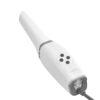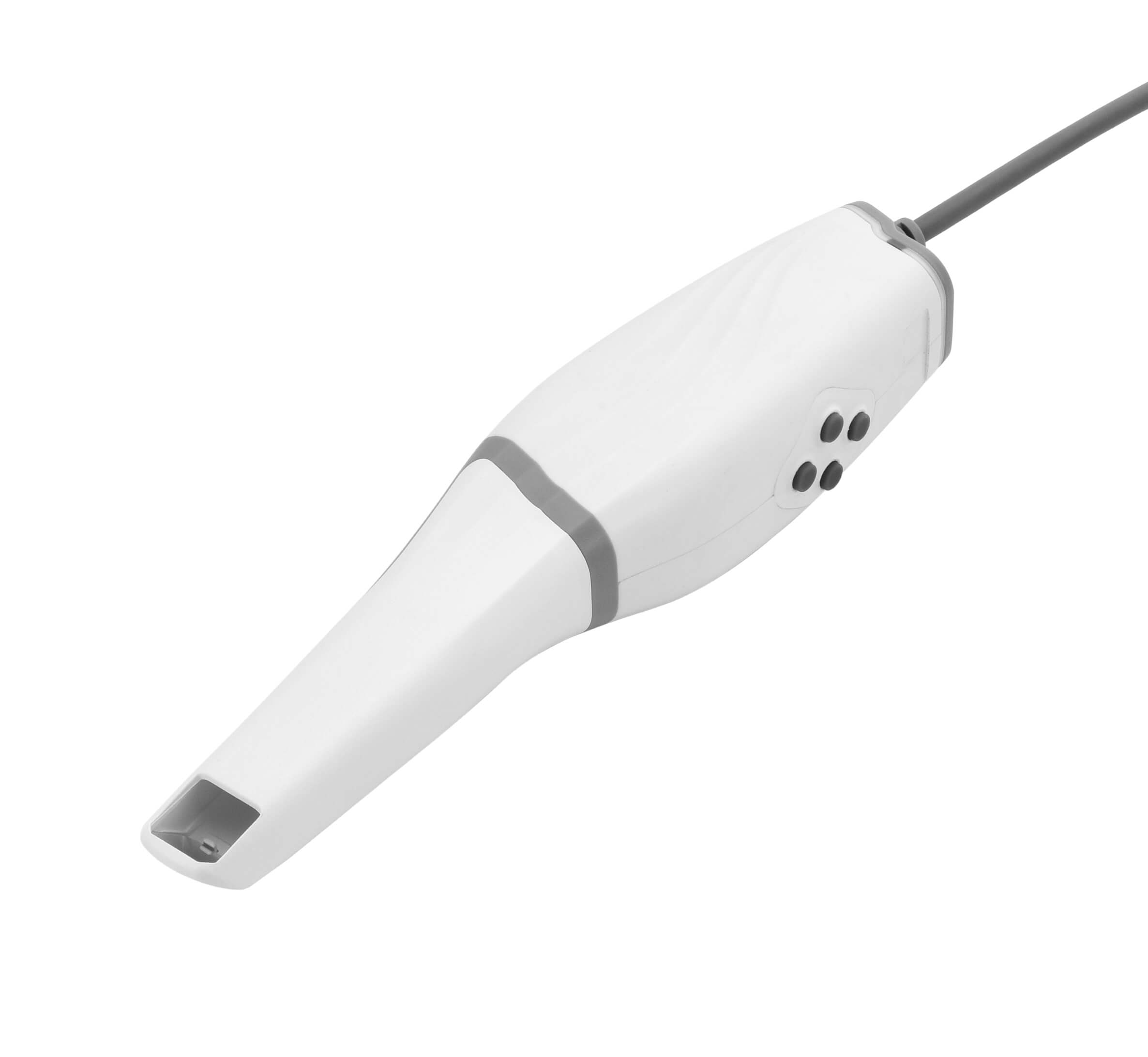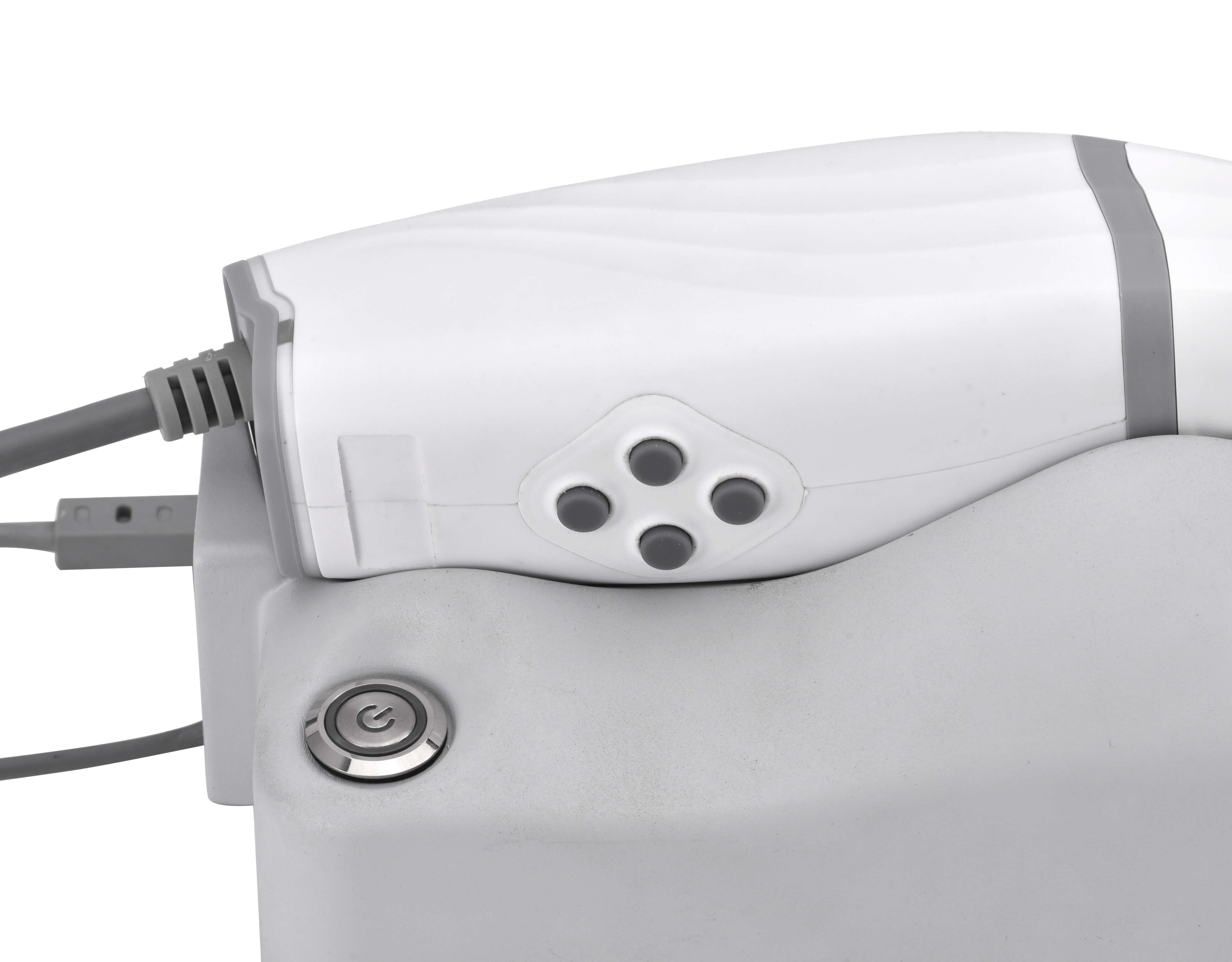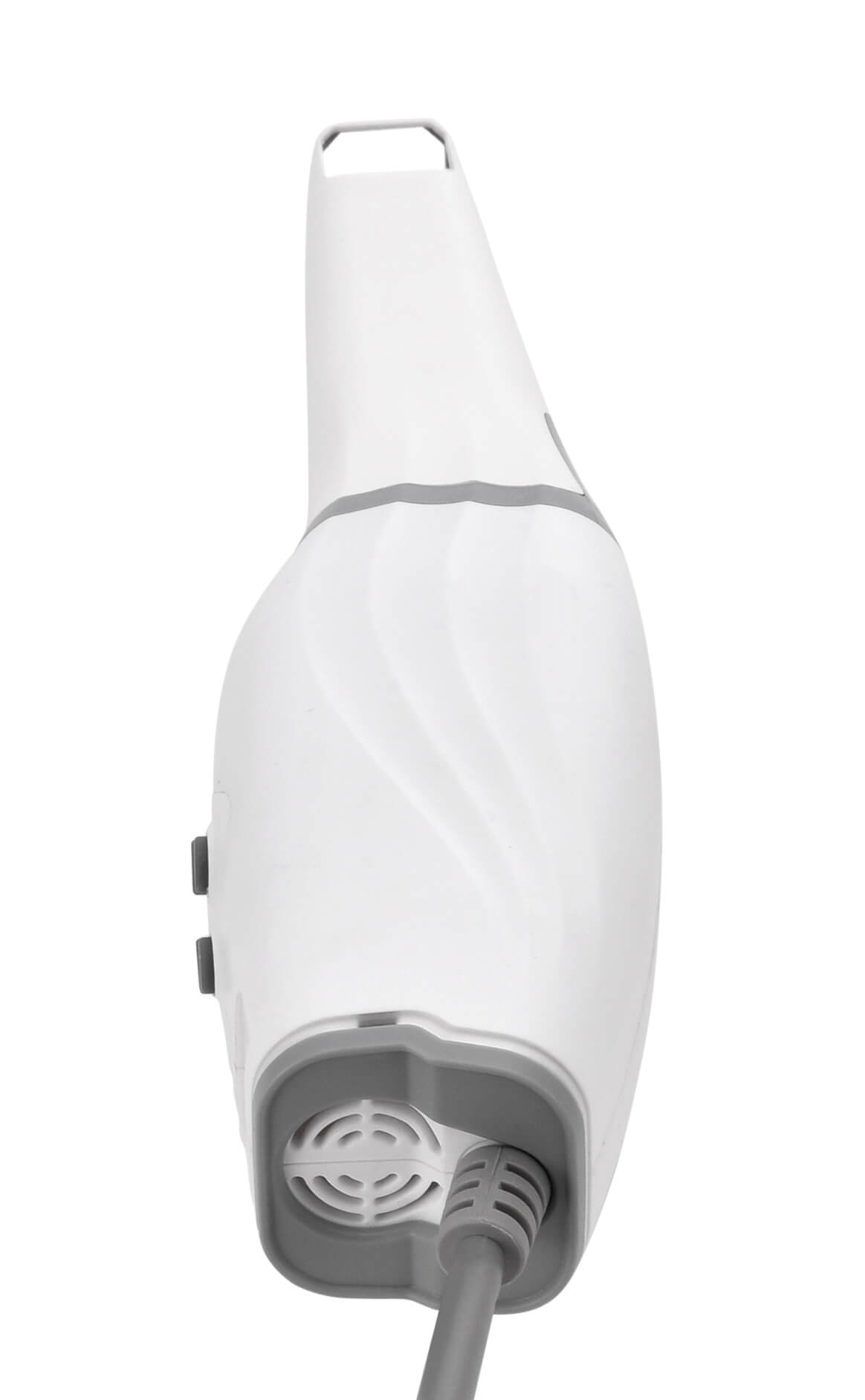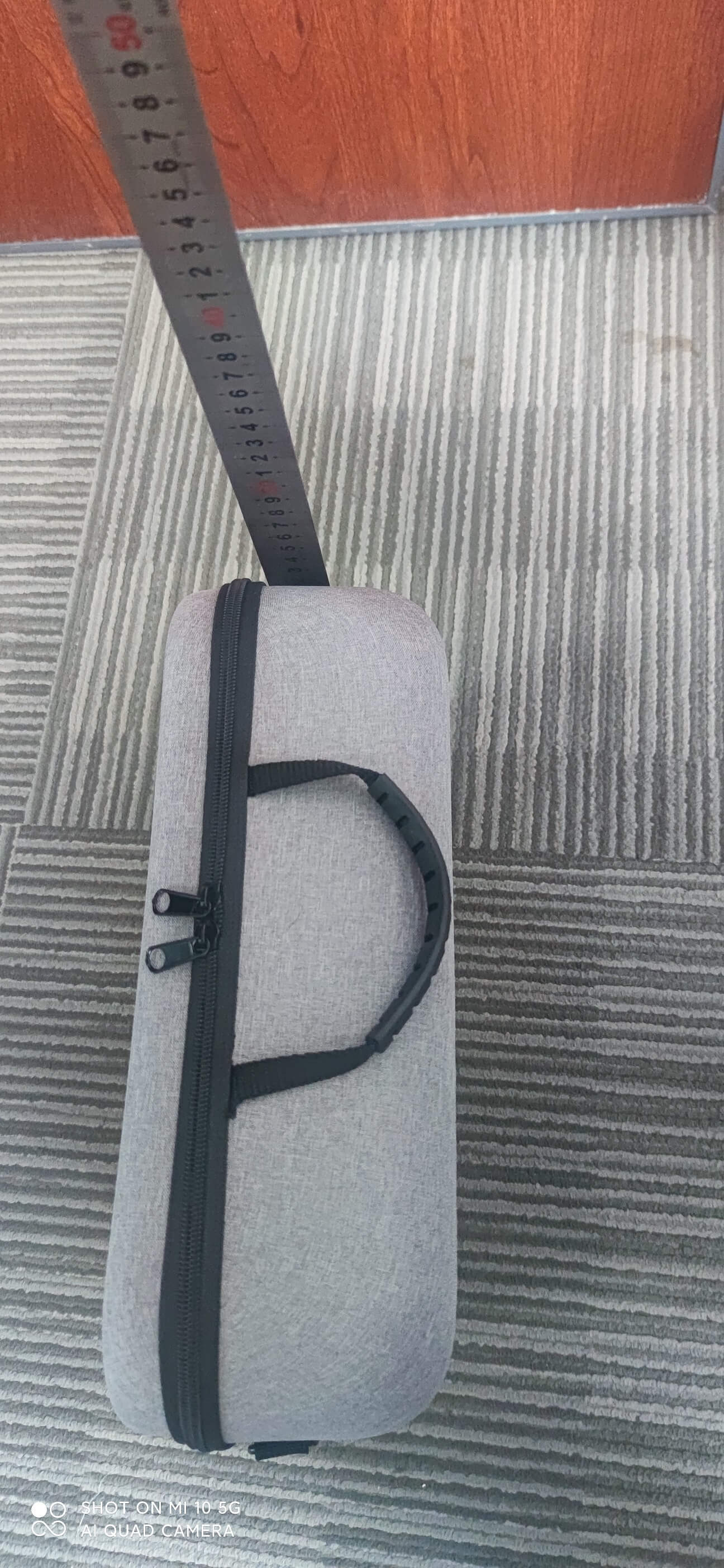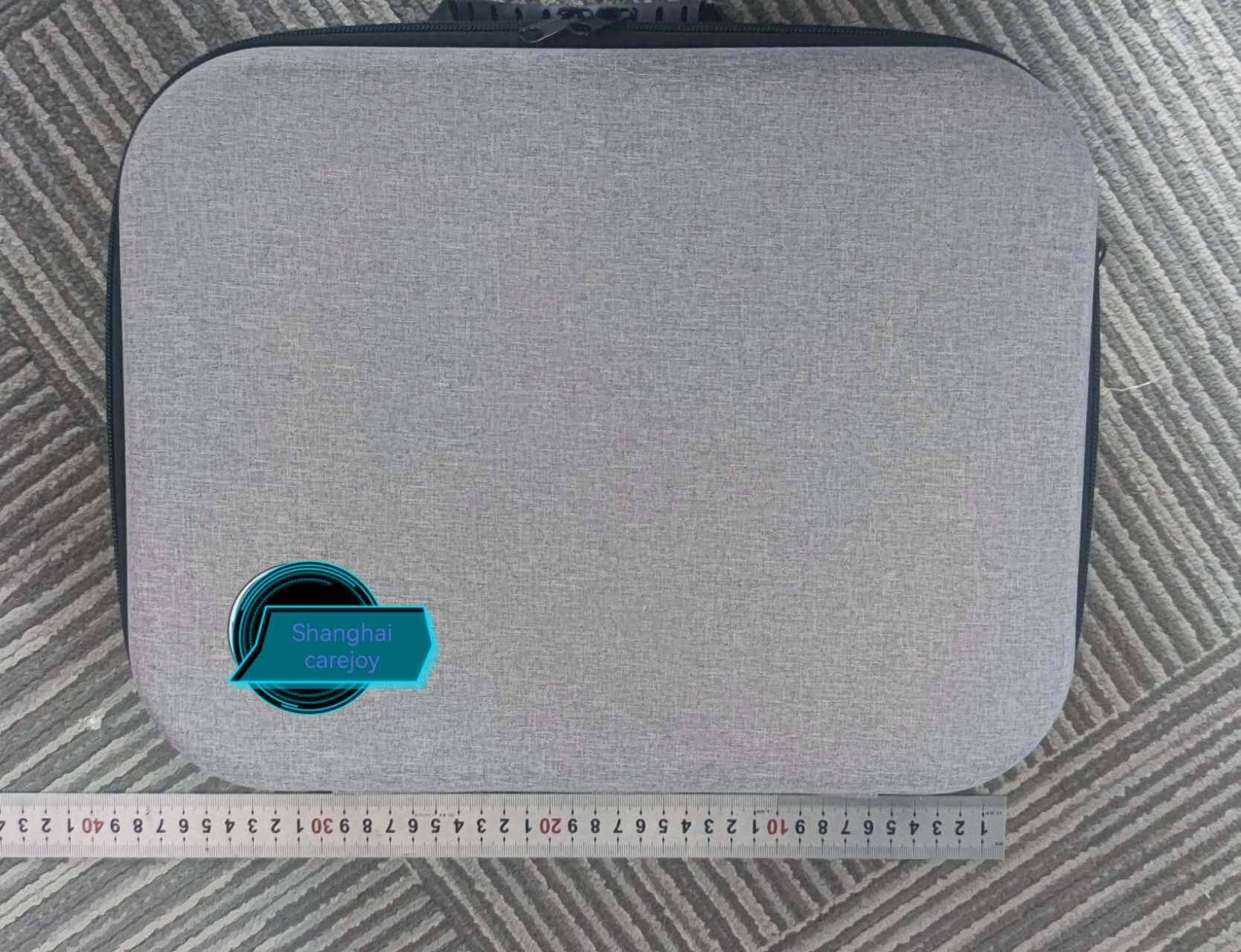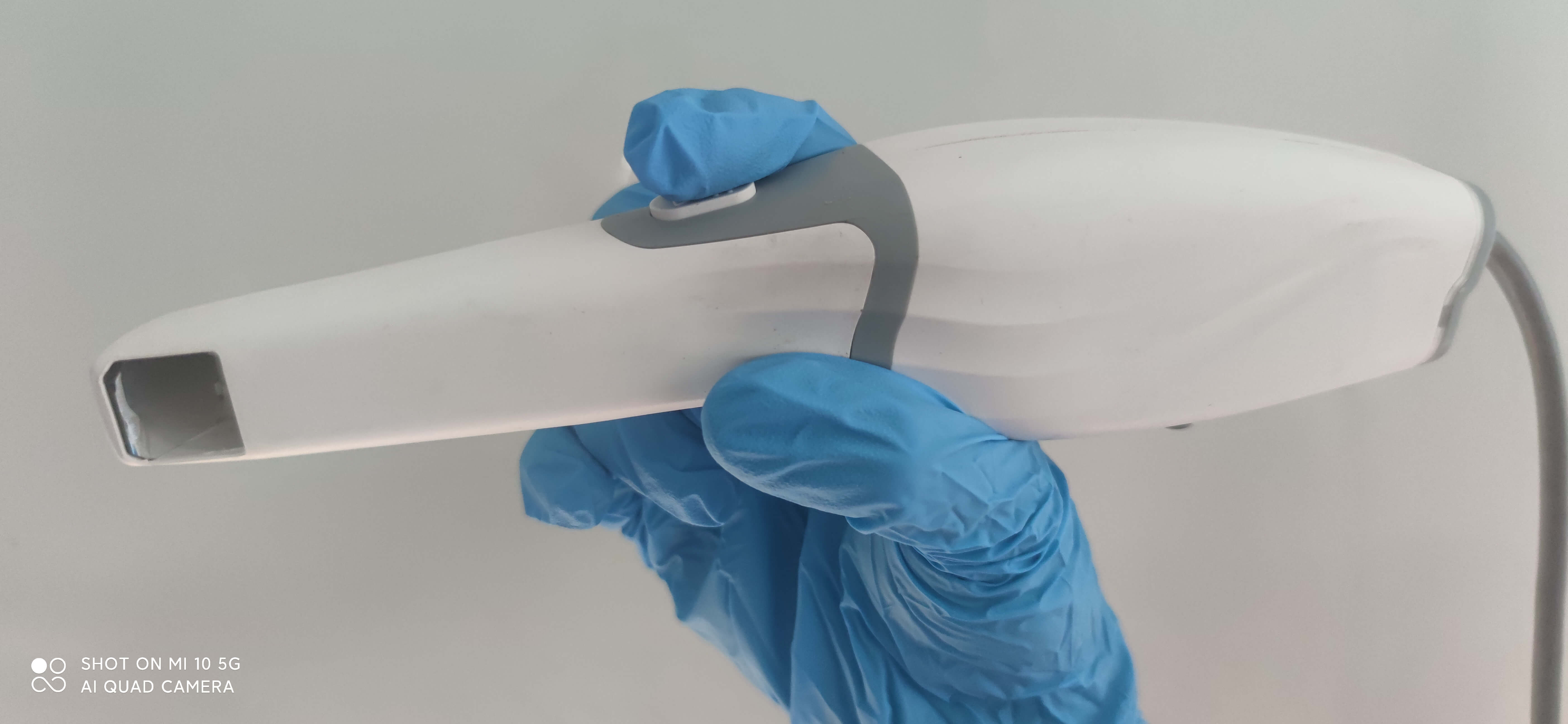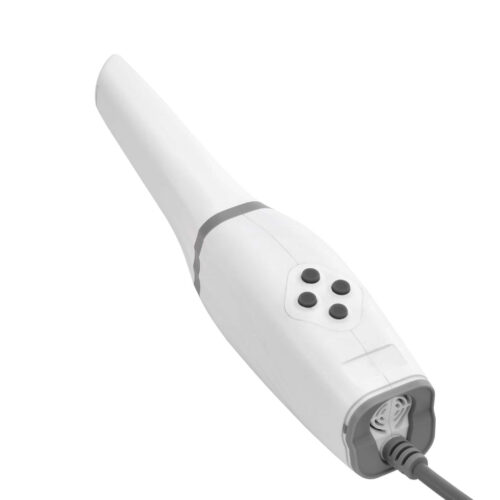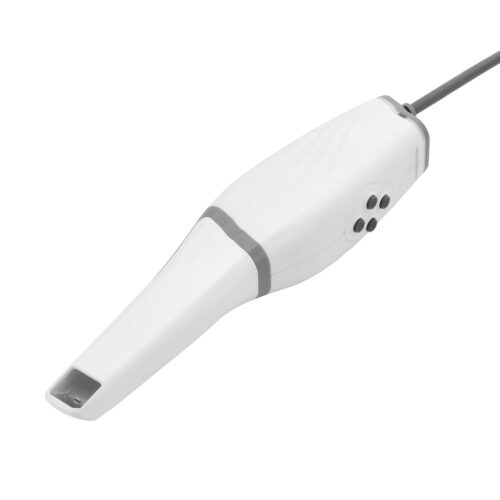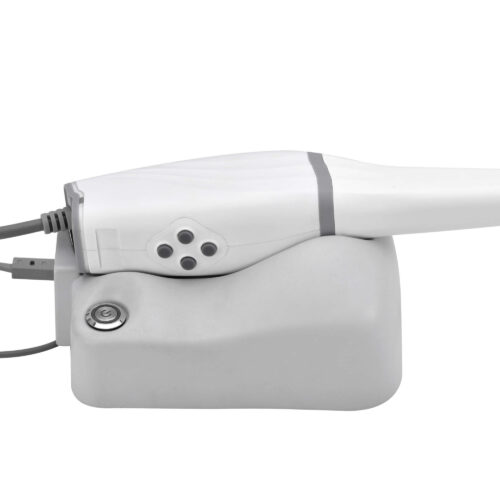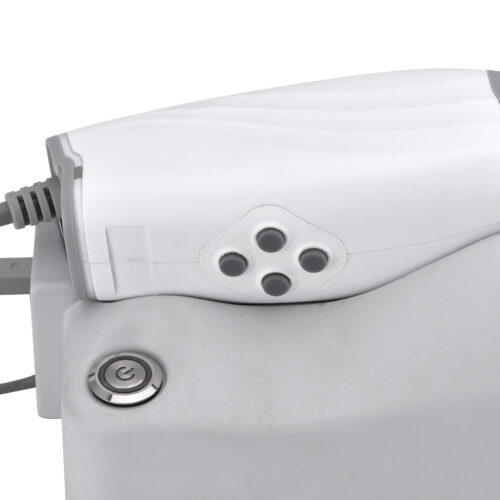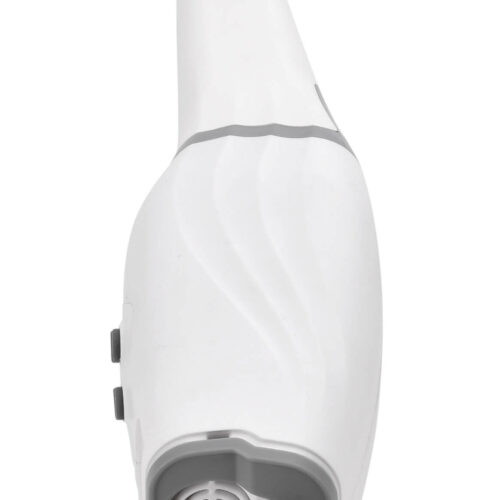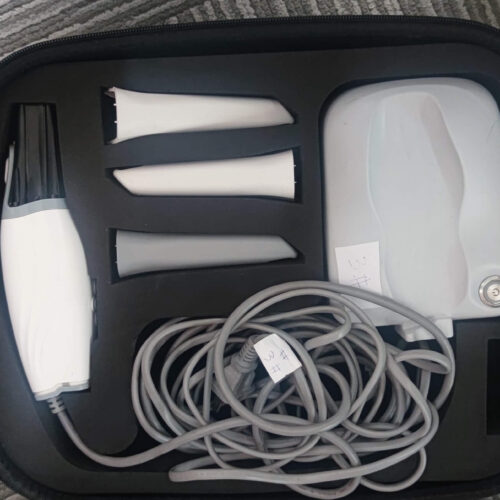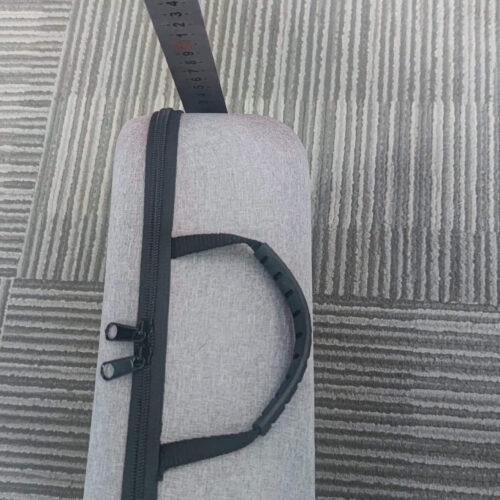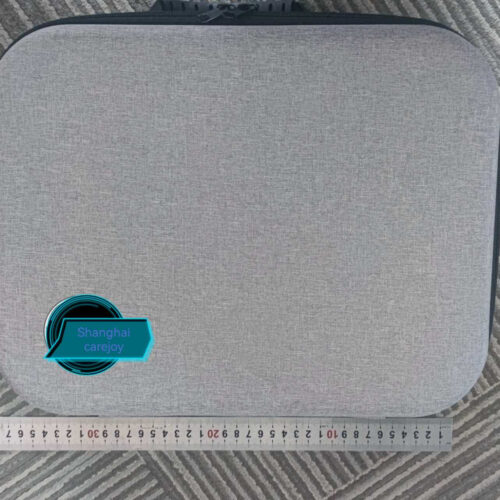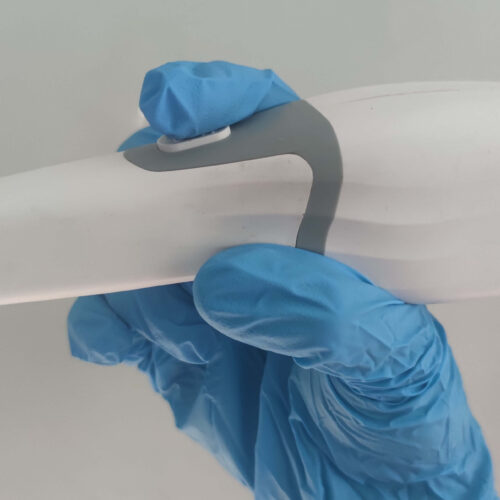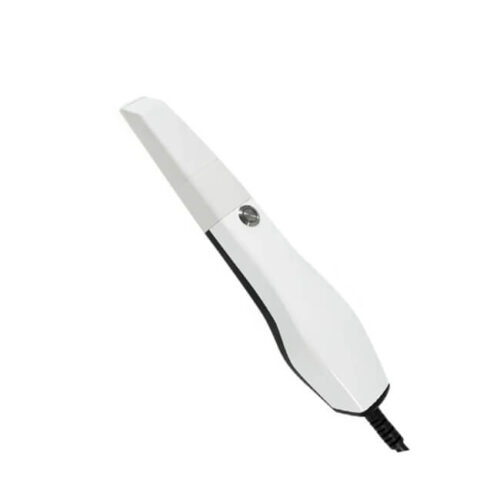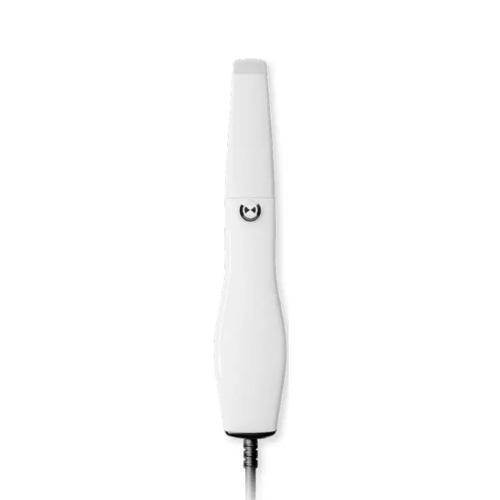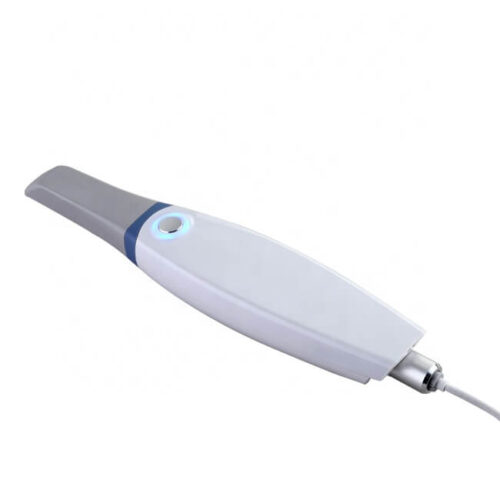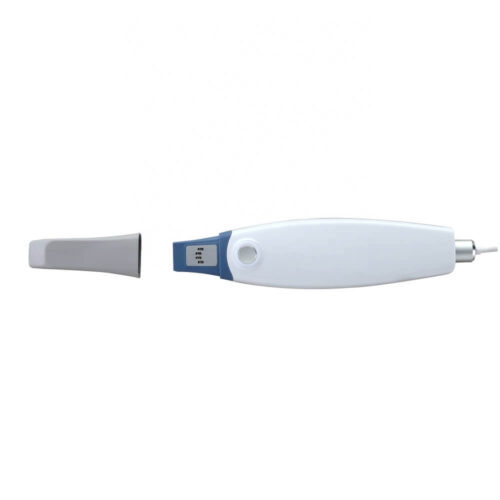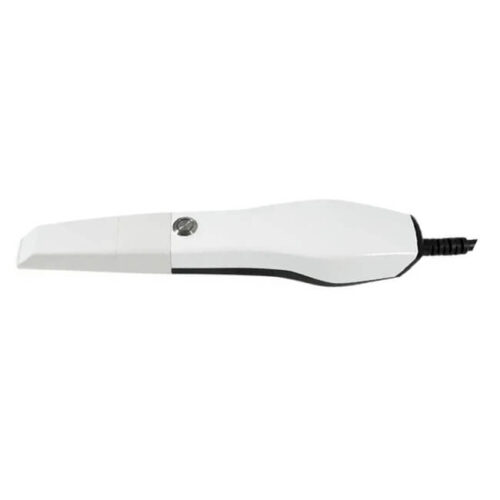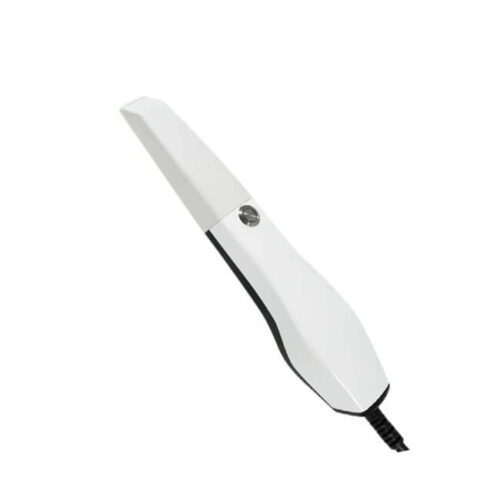Introduction to Intraoral Scanners
The Evolution of Dental Impressions Dentistry has witnessed a significant transformation over the past few decades, one of the most notable being the shift from traditional impression methods to digital scanning. Intraoral scanners (IOS) represent a pinnacle in this evolution. These devices digitally capture the 3-dimensional geometry of the intraoral soft and hard tissues, offering a leap in the accuracy and efficiency of dental procedures. Their role extends beyond mere technological advancement; they are reshaping patient experiences and broadening the scope of dental treatments.
Defining Intraoral Scanners An intraoral scanner is a handheld device, often resembling a wand or large pen, capable of capturing 3D digital dental impressions. It utilizes a light source, such as a laser or structured light, which is projected onto the dental or oral tissues. Imaging sensors within the scanner then capture video or discrete images. These images are processed by sophisticated software within the device to produce a detailed 3D model of the patient’s oral cavity. This digital model is a significant improvement over traditional physical impressions, which were not only time-consuming but also often uncomfortable for patients.
Transition from Traditional Methods The traditional method of creating dental impressions involved the use of physical molds. Patients had to bite down on a tray filled with a dental impression material, which could be an unpleasant and sometimes gag-inducing experience. Furthermore, the physical models created were susceptible to various inaccuracies due to material shrinkage or expansion and handling errors.
In contrast, intraoral scanners provide a quick, accurate, and non-invasive method to obtain dental impressions. These digital impressions are captured in a fraction of the time it takes for traditional methods and with much greater comfort for the patient. The digital data can be immediately viewed on a computer screen, facilitating a more interactive and informative session with the patient. They also allow for the efficient fabrication of dental restorations, such as crowns, bridges, and clear aligners, through a digital workflow.
Advantages Over Traditional Impressions The advantages of intraoral scanners over traditional impression methods are manifold:
- Accuracy and Precision: Digital impressions are highly accurate, capturing minute details of the dental structures, which is crucial for creating well-fitting restorations.
- Patient Comfort and Experience: The non-invasive and quick nature of digital scanning improves the patient experience significantly.
- Efficiency and Time-Saving: Digital impressions can be sent electronically to dental labs, eliminating the need for physical transport and reducing the turnaround time for dental restorations.
- Digital Storage and Access: Unlike physical molds, digital models can be stored indefinitely without physical degradation and can be easily accessed and shared.
- Eco-Friendly: Digital impressions eliminate the need for impression materials, which are often not eco-friendly, reducing the environmental impact.
Conclusion The advent of intraoral scanners has marked a new era in dentistry, characterized by enhanced precision, patient comfort, and overall efficiency. This technology is not just a tool; it’s a transformation in the way dental care is provided and experienced. As dental practices continue to embrace digital technologies, intraoral scanners stand out as a key component in modernizing and improving dental healthcare.
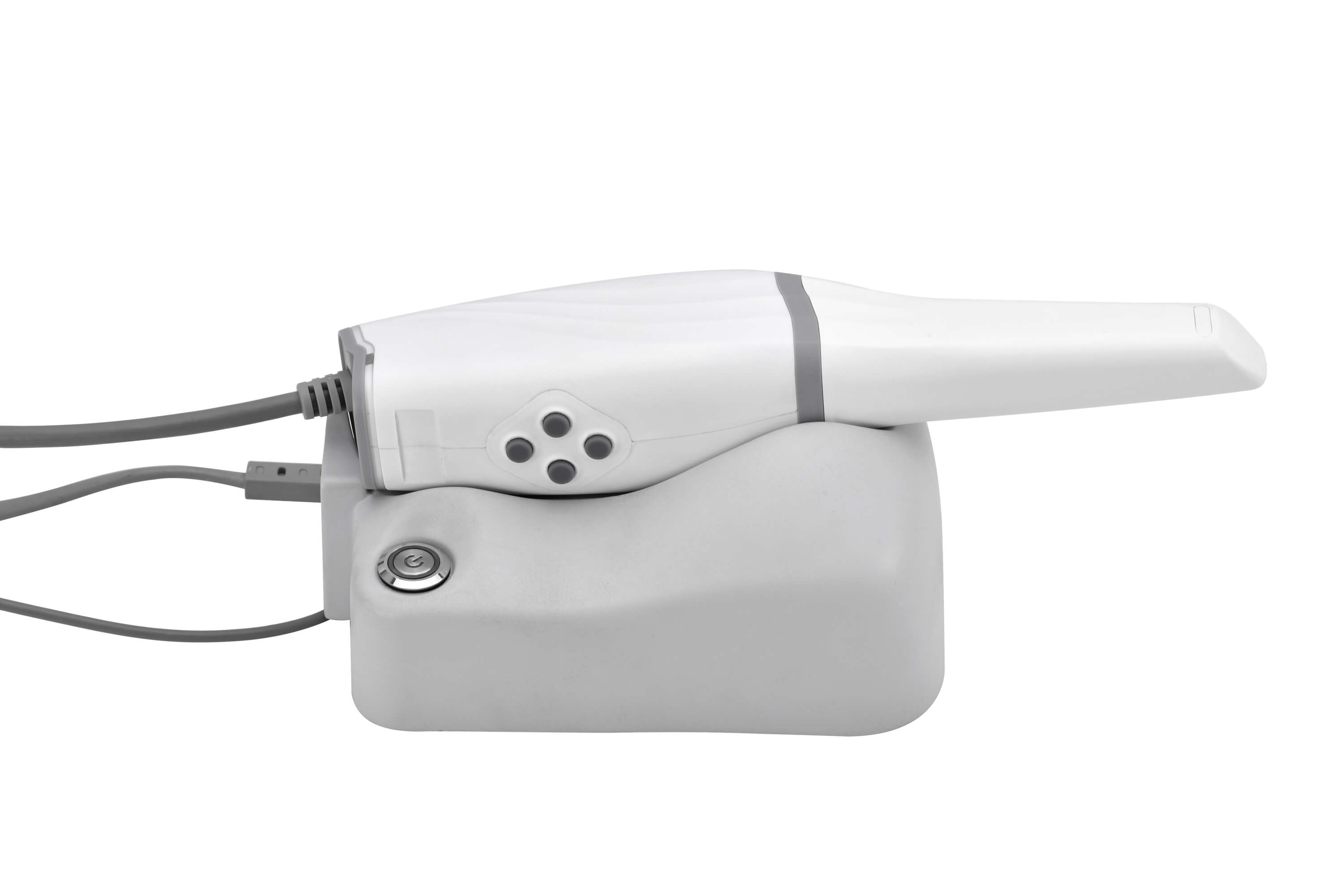
Technological Advancements in Intraoral Scanners
Innovations in Digital Dental Impressions Intraoral scanners represent a significant leap in dental technology, driven by continuous innovations and advancements. These devices have evolved from their initial versions to become highly sophisticated tools that are integral to modern dental practice.
The Underlying Technology At the core of an intraoral scanner is its ability to accurately capture the intricate details of the oral cavity. This is achieved through advanced imaging technologies. Two primary types of technologies are used: laser scanning and structured light scanning.
- Laser Scanning: This method involves projecting a laser beam onto the surface of the teeth and gums. The scanner then captures the reflection of this laser to create a digital model. Laser scanners are known for their high precision and accuracy.
- Structured Light Scanning: In this method, a pattern of light is projected onto the oral structures, and the distortions in this pattern are captured and analyzed to create a 3D model. Structured light scanners are valued for their speed and the ability to capture large areas quickly.
Both technologies have their merits, and the choice often depends on the specific requirements of the dental practice and the types of treatments offered.
Accuracy and Precision One of the most significant advantages of intraoral scanners is their remarkable accuracy. The digital impressions created are detailed and precise, capturing even the smallest nuances of the dental anatomy. This level of detail is crucial for creating dental restorations that fit perfectly and function optimally.
Speed and Efficiency Modern intraoral scanners are not just accurate but also incredibly fast. They can complete a full mouth scan in minutes, significantly reducing chair time for patients. This efficiency is a boon for busy dental practices, allowing dentists to see more patients and reduce waiting times.
Improving Patient Experience The non-invasive nature of digital scanning, coupled with its speed, greatly enhances the patient experience. Gone are the days of uncomfortable impression materials and long waiting times. Patients can now enjoy a quick, comfortable, and interactive dental visit. The ability to immediately view the digital impressions on a screen also adds an educational aspect to the dental visit, helping patients better understand their oral health and treatment plans.
Software and Connectivity Another critical aspect of intraoral scanners is their software. Modern scanners come equipped with intuitive software that not only processes the captured images but also offers various tools for analysis and treatment planning. The ability to seamlessly integrate with other digital dentistry tools, such as CAD/CAM systems, further enhances their utility.
Conclusion The technological advancements in intraoral scanners have transformed them into indispensable tools in dental practice. They offer a synergy of accuracy, speed, and patient comfort, underpinned by sophisticated imaging technologies and software. As digital dentistry continues to evolve, intraoral scanners will undoubtedly remain at its forefront, continually pushing the boundaries of what is possible in dental care.
Shanghai Carejoy Medical: A Leading Intraoral Scanner Supplier
Introduction to Shanghai Carejoy Medical Shanghai Carejoy Medical stands as a beacon of innovation and quality in the dental equipment industry, particularly in the realm of intraoral scanners. With a commitment to pioneering technologies and customer satisfaction, this company has established itself as a leader not just in China, but on the global stage.
Product Line Overview Shanghai Carejoy Medical’s intraoral scanners are a testament to the company’s dedication to excellence. The scanners boast features that set them apart in a competitive market:
- Accuracy: Their scanners offer an impressive accuracy of 20um, ensuring highly detailed and precise digital impressions.
- Imaging Technology: Utilizing dynamic real-time 3D imaging, these scanners provide a comprehensive and accurate representation of the oral cavity.
- Light Source: The use of LED visible light in their scanners strikes a balance between patient safety and image clarity.
- Resolution Ratio: With a resolution of 1024×1024, the scanners capture high-definition images, crucial for accurate dental restorations.
- Frequency and Color: The scanners operate at 17 frames per second, capturing images in 3D HD, which ensures both speed and quality in imaging.
- Interface and Output Format: Equipped with a USB 3.0 interface and supporting multiple output formats like .OBJ, .PLY, and .STL, these scanners are versatile and compatible with various digital dentistry platforms.
- Field of View Range and Optical Depth: Offering a field of view range of 16 x 13mm and an optical depth of field of 13mm, these scanners are capable of capturing a wide area with significant detail.
Custom Solutions and Services Shanghai Carejoy Medical doesn’t just offer products; they provide solutions. Understanding that each dental practice has unique needs, the company offers custom services to ensure that their scanners integrate seamlessly into different practice environments. This customer-centric approach extends to their after-sales service, providing training, support, and maintenance, ensuring that their clients make the most of their investment.
Innovation and Quality Assurance Innovation is at the heart of Shanghai Carejoy Medical’s philosophy. Their scanners are the result of rigorous research and development, designed to meet the evolving needs of modern dentistry. Quality assurance is paramount, with each scanner undergoing strict testing to ensure reliability and longevity.
Global Impact and Recognition As a company based in China, Shanghai Carejoy Medical has made significant strides in the international market. Their scanners are recognized for their quality, affordability, and innovation, making them a popular choice for dental practices around the world. The company’s contribution to advancing digital dentistry has been acknowledged in various dental forums and exhibitions.
Conclusion Shanghai Carejoy Medical is more than just a manufacturer; it’s a partner in the digital dental journey. Their intraoral scanners reflect a blend of technological prowess, customer focus, and commitment to quality, making them a top choice for dental professionals seeking to enhance their practice with the best in digital dental equipment.
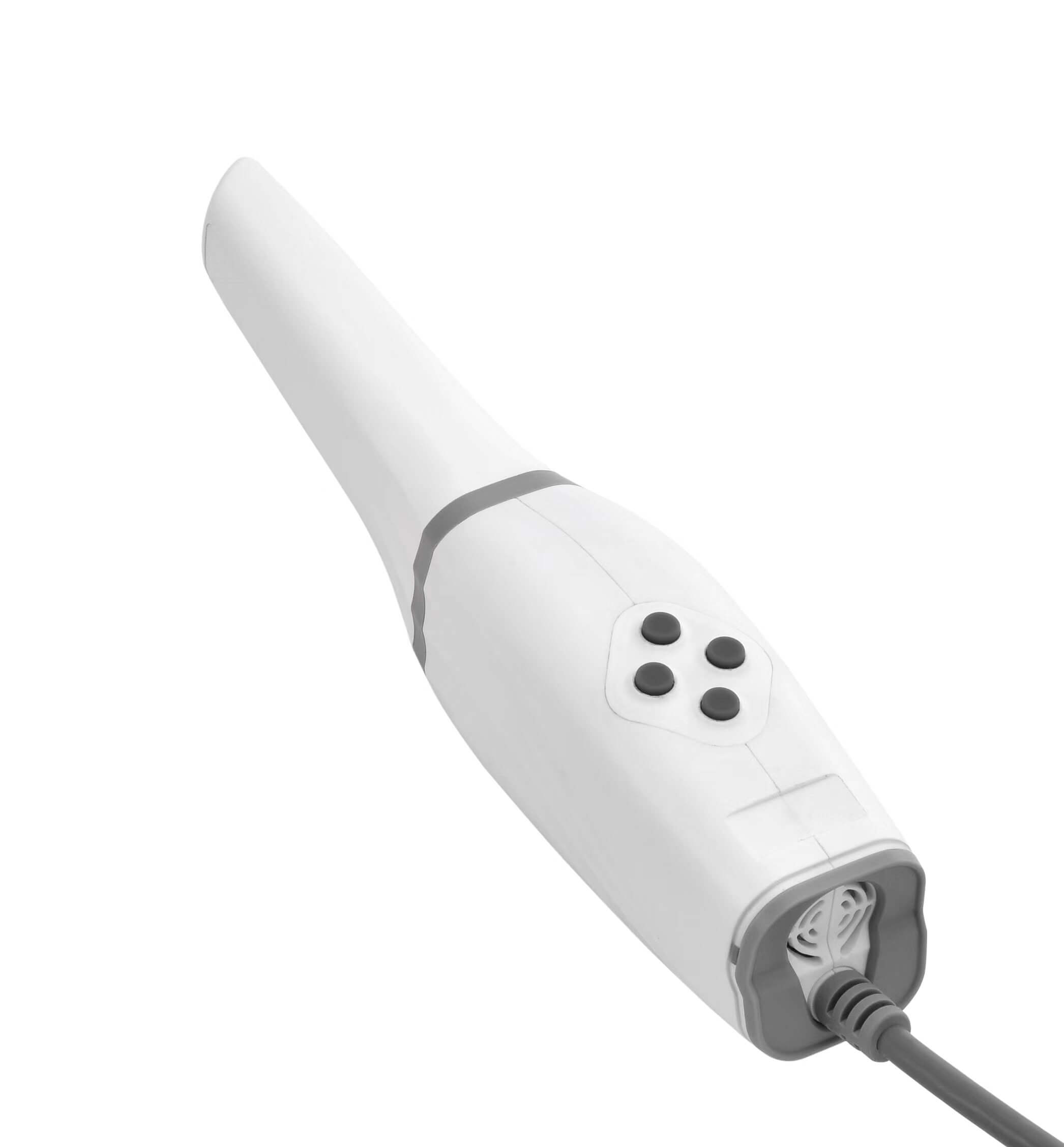
Applications of Intraoral Scanners in Dentistry
Versatility in Dental Procedures Intraoral scanners, with their advanced capabilities, have found applications in a wide range of dental procedures. These devices are not just tools for capturing dental impressions; they are integral to planning and executing various dental treatments.
Orthodontics In the field of orthodontics, intraoral scanners are revolutionizing treatment planning and execution. They are used for creating precise 3D models for clear aligners, helping orthodontists to design more effective and comfortable treatments for patients. The accuracy of these scanners ensures that aligners fit perfectly, leading to better treatment outcomes and shorter treatment times.
Restorative Dentistry Restorative dentistry has significantly benefited from the introduction of intraoral scanners. Whether for crowns, bridges, or dentures, these scanners provide detailed impressions that are crucial for designing restorations that fit seamlessly with a patient’s existing dentition. The digital workflow enabled by these scanners not only speeds up the process but also increases the predictability of treatment outcomes.
Implantology In implantology, intraoral scanners are used for planning implant placements and designing custom abutments and crowns. The high-resolution images and 3D models allow for precise planning, ensuring that implants are placed optimally for both function and aesthetics.
Case Studies and Examples Shanghai Carejoy Medical’s intraoral scanners have been instrumental in numerous successful dental treatments. Case studies from their portfolio demonstrate the practical application of their scanners in real-world scenarios:
- Orthodontic Case: A complex orthodontic case involving malocclusion was resolved using clear aligners designed based on 3D models created by Shanghai Carejoy Medical’s scanner. The treatment was not only efficient but also provided exceptional patient comfort.
- Restorative Case: A patient requiring multiple crowns received restorations designed using digital impressions from a Shanghai Carejoy Medical scanner. The crowns fit perfectly, reducing the need for adjustments and repeat visits.
- Implantology Case: In an implant case, the scanner was used to plan the placement of multiple implants. The resulting restorations were both functionally and aesthetically pleasing, with a high degree of patient satisfaction.
Conclusion The diverse applications of intraoral scanners in dentistry highlight their versatility and indispensability in modern dental practices. Shanghai Carejoy Medical’s scanners, with their advanced features and precision, are helping dental professionals across various specializations to achieve better treatment outcomes, enhancing both the efficiency of their practices and the satisfaction of their patients.
Choosing the Right Intraoral Scanner: Factors to Consider
Navigating the Landscape of Intraoral Scanners With a plethora of intraoral scanners available in the market, choosing the right one can be a daunting task for dental professionals. It is crucial to consider several key factors to ensure that the chosen scanner aligns with the specific needs and workflows of a dental practice.
Ergonomics and User-friendliness The design and ease of use of an intraoral scanner are paramount. A scanner that is ergonomically designed ensures comfort for both the dentist and the patient during the scanning process. It should be lightweight, easy to maneuver in the mouth, and intuitive in its operation. This reduces fatigue for the practitioner and discomfort for the patient, particularly in procedures requiring extensive scanning.
Accuracy The primary function of an intraoral scanner is to capture precise dental impressions. The level of accuracy impacts the quality of dental restorations and orthodontic devices. Higher accuracy scanners capture detailed nuances of dental structures, leading to restorations and aligners that fit perfectly, minimizing the need for adjustments.
Scanning Speed In a busy dental practice, time is of the essence. Scanners that operate quickly can significantly reduce chair time, increasing the efficiency of the practice. Faster scanning does not just mean quicker image capture but also entails rapid processing and rendering of the 3D model.
Software Interface The software interface of an intraoral scanner plays a critical role in its overall functionality. It should offer a seamless experience from scanning to processing and integration with other digital dentistry tools. The software should be intuitive, with minimal lag in processing and a user-friendly interface that simplifies the workflow.
Cost Considerations The cost of an intraoral scanner is a significant investment for any dental practice. It’s important to consider not just the upfront cost but also the long-term value. This includes factors such as durability, software updates, and maintenance costs. Some scanners may have additional costs like software subscriptions or fees for customer support.
Shanghai Carejoy Medical’s Approach Shanghai Carejoy Medical’s range of intraoral scanners exemplifies these criteria. Their scanners are designed with a focus on ergonomics and user-friendliness, ensuring ease of use during prolonged procedures. The accuracy and speed of their scanners are top-notch, facilitating efficient and high-quality dental care. Coupled with intuitive software and competitive pricing, these scanners offer a compelling value proposition for dental practices.
Conclusion Selecting the right intraoral scanner is a critical decision that can significantly impact the efficiency and quality of dental care. By considering factors such as ergonomics, accuracy, speed, software interface, and cost, dental professionals can make an informed choice that best suits their practice’s needs. Shanghai Carejoy Medical’s intraoral scanners, with their superior design and functionality, stand as exemplary choices in this regard.
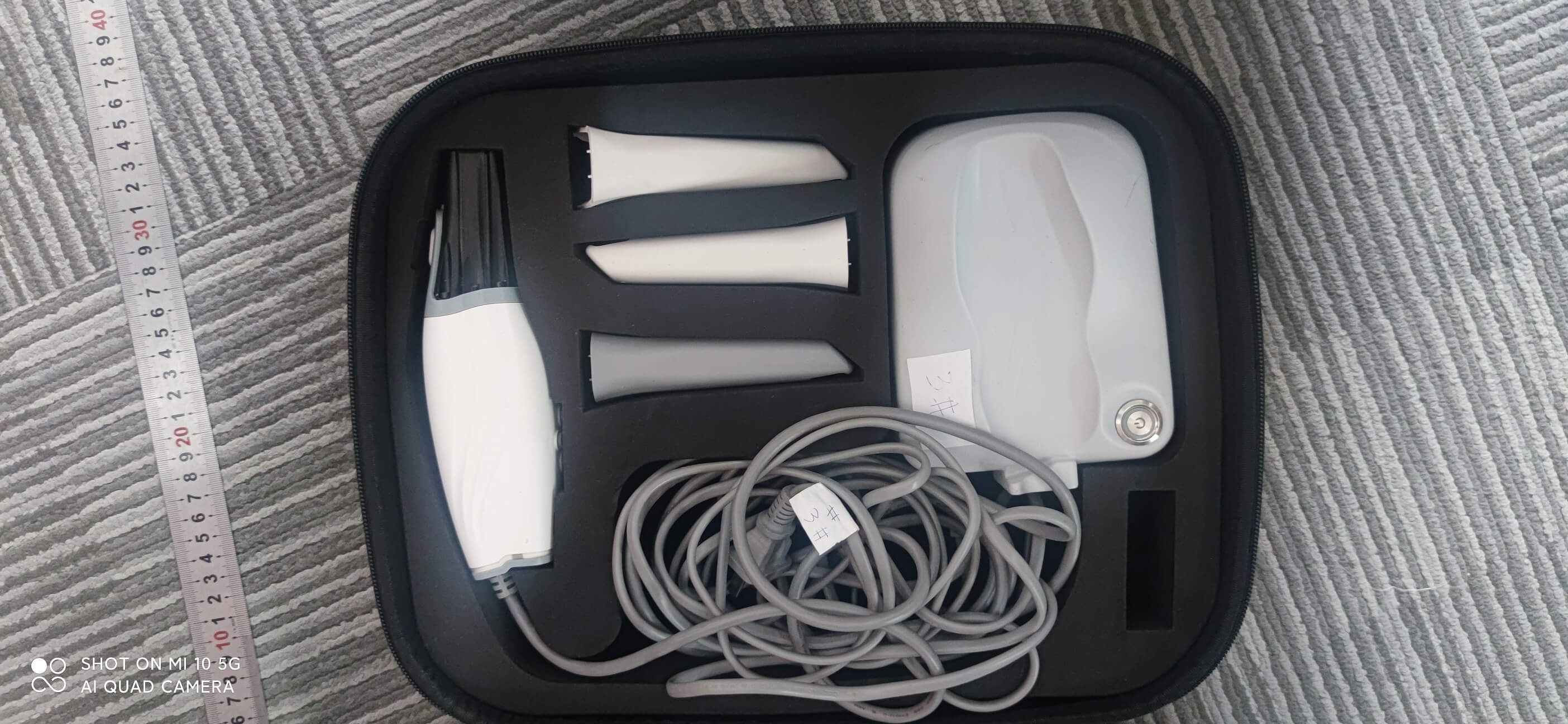
Intraoral Scanners in the Chinese Market
China’s Role in the Global Dental Industry The Chinese dental industry has been rapidly evolving, marked by significant advancements in technology and manufacturing. China has emerged as a key player in the global dental market, not only as a large consumer of dental products but also as a leading manufacturer and supplier of high-quality dental equipment, including intraoral scanners.
Innovation and Manufacturing Excellence Chinese manufacturers, epitomized by companies like Shanghai Carejoy Medical, have gained recognition for their commitment to innovation and quality. They have invested heavily in research and development, resulting in intraoral scanners that are on par with, if not superior to, international standards. These scanners boast cutting-edge technology, precision engineering, and adherence to stringent quality control measures.
Competitive Pricing and Accessibility One of the most significant advantages of Chinese-manufactured intraoral scanners is their competitive pricing. By leveraging efficient manufacturing processes and economies of scale, companies like Shanghai Carejoy Medical are able to offer high-quality scanners at more accessible price points. This has made advanced dental technology available to a wider range of dental practices globally, democratizing access to state-of-the-art dental care.
Global Reach and Impact Chinese intraoral scanners, including those produced by Shanghai Carejoy Medical, have found a market well beyond their national borders. These products are now used in dental practices across the world, testament to their reliability, efficiency, and compliance with international standards. The global dental community’s growing trust in Chinese-manufactured dental equipment is reshaping the dental equipment landscape, with China playing a pivotal role.
Collaboration and Integration The success of Chinese intraoral scanners in the international market is also a result of their compatibility and integration capabilities with various digital dentistry platforms. This interoperability is crucial for dental practices that rely on a range of digital tools for diagnostics, treatment planning, and execution.
Conclusion The Chinese dental industry, represented by forward-thinking companies like Shanghai Carejoy Medical, is making a significant impact on the global stage with its advanced intraoral scanners. Through a combination of technological innovation, competitive pricing, and global reach, China is solidifying its position as a leading supplier and manufacturer in the dental equipment domain, contributing significantly to the advancement of global dental care.
Integration with Digital Dentistry
The Digital Revolution in Dentistry The integration of digital technologies in dentistry has revolutionized the way dental care is delivered. Intraoral scanners are a key component of this digital transformation, seamlessly fitting into and enhancing digital workflows in dental practices.
Enhancing Treatment Planning and Execution The use of intraoral scanners in digital dentistry goes beyond just capturing dental impressions. These scanners are instrumental in treatment planning and execution. The digital models they produce can be used in various software applications for simulating treatments, designing dental restorations, and even in orthodontic treatments for creating custom aligners. This integration streamlines the workflow, from diagnosis to treatment, making it more efficient and accurate.
Patient Engagement and Education Digital impressions allow for a more interactive approach to patient care. Dentists can show patients their dental issues in a more comprehensible 3D format, enhancing their understanding and engagement in the treatment process. This transparency and educational aspect can lead to higher patient satisfaction and trust.
Collaboration with Dental Labs Intraoral scanners facilitate better collaboration between dental practices and laboratories. Digital impressions can be sent electronically to labs, reducing turnaround times for dental restorations. This digital communication channel ensures more accurate and faster production of dental prosthetics, aligners, and other restorations.
Streamlining Dental Workflows The integration of intraoral scanners in dental practices contributes to streamlined workflows. By reducing the time required for impression taking and eliminating the need for physical molds, these scanners free up valuable chair time. They also reduce the margin of error associated with traditional impression methods, leading to fewer remakes and adjustments.
Shanghai Carejoy Medical’s Role in Digital Integration Shanghai Carejoy Medical’s intraoral scanners are designed with integration in mind. They are compatible with various digital dentistry platforms, allowing for seamless data transfer and workflow integration. The company also provides support and training to ensure that dental practices can fully leverage the capabilities of their scanners in a digital ecosystem.
Conclusion The integration of intraoral scanners into digital dentistry represents a significant step forward in dental care. These devices enhance the efficiency, accuracy, and patient experience in dental practices. Companies like Shanghai Carejoy Medical are at the forefront of this integration, providing advanced scanners that fit perfectly into the digital dentistry landscape and contribute to the overall improvement of dental health care.
Cost and ROI Analysis of Intraoral Scanners
Understanding the Investment in Intraoral Scanners Investing in an intraoral scanner is a significant decision for any dental practice. It involves not only the initial purchase cost but also considerations regarding the long-term return on investment (ROI). This analysis is crucial for dental professionals to understand the economic impact and benefits of integrating this technology into their practice.
Initial Purchase Cost The upfront cost of an intraoral scanner can vary widely depending on the brand, model, and features. High-end scanners may offer more advanced features but at a higher price. It’s important for dental practices to evaluate which features are essential for their specific needs and whether the additional cost of advanced features translates into tangible benefits for their practice.
Long-Term ROI Considerations The ROI of an intraoral scanner extends beyond the initial purchase. Factors contributing to the ROI include:
- Increased Efficiency: Digital impressions are faster and more efficient than traditional methods, allowing for more patient appointments and procedures in a day.
- Reduced Material Costs: Digital impressions eliminate the need for impression materials and related supplies, reducing ongoing costs.
- Improved Patient Experience: Enhanced patient comfort and engagement can lead to higher patient retention and referrals, indirectly boosting practice revenue.
- Reduction in Remakes: The accuracy of digital impressions reduces the likelihood of remakes, saving both time and materials.
Shanghai Carejoy Medical’s Competitive Pricing Shanghai Carejoy Medical offers intraoral scanners that are competitively priced, making them accessible to a wide range of dental practices. Their scanners provide a balance of advanced features and affordability, ensuring that practices can achieve a high ROI.
Total Cost of Ownership When considering the purchase of an intraoral scanner, it’s important to look at the total cost of ownership. This includes maintenance costs, software updates, and potential training for staff. Some manufacturers may also charge for software subscriptions or customer support. Shanghai Carejoy Medical provides transparent pricing and comprehensive after-sales support, ensuring that their customers understand the total cost of ownership.
Conclusion The cost and ROI analysis of intraoral scanners is a multifaceted consideration, encompassing upfront costs, operational efficiencies, patient satisfaction, and long-term savings. Shanghai Carejoy Medical’s intraoral scanners represent a wise investment for dental practices, offering state-of-the-art technology at a competitive price point. By carefully evaluating these factors, dental practices can make an informed decision that aligns with their financial and operational goals.
Future Trends and Innovations in Intraoral Scanning
Anticipating the Future of Dental Technology The field of intraoral scanning is on the cusp of further significant advancements. Keeping abreast of these trends is essential for dental professionals to stay ahead in providing the best care and for companies like Shanghai Carejoy Medical to continue leading in technological innovation.
Artificial Intelligence and Machine Learning One of the most exciting developments is the integration of artificial intelligence (AI) and machine learning in intraoral scanners. AI can enhance the accuracy of scans, help in identifying dental issues through predictive analysis, and even suggest treatment plans. This integration promises to make intraoral scanning not just a diagnostic tool but a comprehensive dental solution.
Improved Accuracy and Detail Future intraoral scanners are expected to offer even greater accuracy and detail, capturing subtleties in dental structures that were previously challenging. This will further improve the fit and function of dental restorations and orthodontic devices, reducing the need for adjustments and remakes.
Enhanced Patient Comfort and Accessibility As technology evolves, future scanners are likely to become even more compact and comfortable for patients. This will be particularly beneficial in treating patients who find dental visits stressful or have difficulty tolerating traditional impression methods.
Cloud Integration and Data Management Cloud integration is another trend gaining traction. It allows for secure storage and easy sharing of dental scans, facilitating collaboration between dental practices, labs, and specialists. This will streamline workflows and enable more efficient patient care.
Shanghai Carejoy Medical’s Role in Future Innovations Shanghai Carejoy Medical is poised to be at the forefront of these innovations. Their commitment to research and development, customer feedback, and keeping pace with technological advancements ensures that their intraoral scanners will continue to be leaders in the market.
Conclusion The future of intraoral scanning is bright, with advancements that promise to enhance every aspect of dental care – from diagnosis to treatment planning, patient experience, and collaboration. Companies like Shanghai Carejoy Medical are key players in driving these innovations, ensuring that dental practices have access to the most advanced and effective tools in digital dentistry.
FAQ Tips on Intraoral Scanners
Addressing Common Queries and Concerns Intraoral scanners are a significant investment in dental technology, and naturally, there are many questions that dental professionals and patients alike may have. This section aims to address some of the most common questions, offering practical advice and insights.
Q1: How Accurate Are Intraoral Scanners? A: Intraoral scanners are highly accurate, capturing detailed impressions of the oral cavity. Advances in technology have led to scanners that can precisely replicate the minutiae of dental structures, essential for creating accurate dental restorations.
Q2: What Is the Learning Curve for Using an Intraoral Scanner? A: Modern intraoral scanners are designed to be user-friendly with intuitive software interfaces. However, the learning curve can vary depending on the individual. Most manufacturers, including Shanghai Carejoy Medical, offer comprehensive training and support to ensure users can quickly become proficient.
Q3: Can Intraoral Scanners Be Integrated with Other Digital Dentistry Tools? A: Yes, most modern intraoral scanners are designed to integrate seamlessly with other digital dentistry tools, including CAD/CAM systems, dental mills, and 3D printers. This integration is crucial for streamlining workflows in digital dental practices.
Q4: What Are the Maintenance Requirements for Intraoral Scanners? A: Maintenance requirements generally include regular software updates, proper cleaning and sterilization of the scanner, and occasional servicing to ensure optimal performance. Manufacturers usually provide detailed maintenance guidelines.
Q5: How Do Intraoral Scanners Enhance Patient Experience? A: Intraoral scanners improve the patient experience by making dental impressions quick, comfortable, and non-invasive. The ability to immediately view digital impressions also helps in patient education and engagement.
Q6: Are There Any Limitations to Intraoral Scanning? A: While intraoral scanners are highly versatile, certain complex cases may present challenges. However, continual advancements in technology are steadily overcoming these limitations.
Q7: How Cost-Effective Are Intraoral Scanners? A: Although the initial investment can be significant, intraoral scanners are cost-effective in the long run. They save time, reduce the need for materials used in traditional impression techniques, and can increase practice efficiency.
Q8: Can Intraoral Scanners be Used for All Dental Procedures? A: Intraoral scanners are suitable for a wide range of dental procedures, including orthodontics, restorative dentistry, and implant planning. However, the applicability may vary based on the specific case and scanner capabilities.
Q9: What Should I Look for When Choosing an Intraoral Scanner? A: Key factors to consider include accuracy, speed, ease of use, software integration, and overall cost. It’s also important to consider the level of support and training provided by the manufacturer.
Q10: How Does Shanghai Carejoy Medical Support Their Intraoral Scanners? A: Shanghai Carejoy Medical provides comprehensive support for their scanners, including training, customer service, and maintenance. They ensure that users can maximize the benefits of their scanners through ongoing support and updates.
Conclusion Intraoral scanners are a transformative technology in the field of dentistry, offering numerous benefits to dental practices and patients. By addressing these common questions, dental professionals can better understand the capabilities and advantages of these devices, making informed decisions about integrating them into their practices. Companies like Shanghai Carejoy Medical play a crucial role in providing advanced, user-friendly, and supportive solutions in the realm of intraoral scanning.

